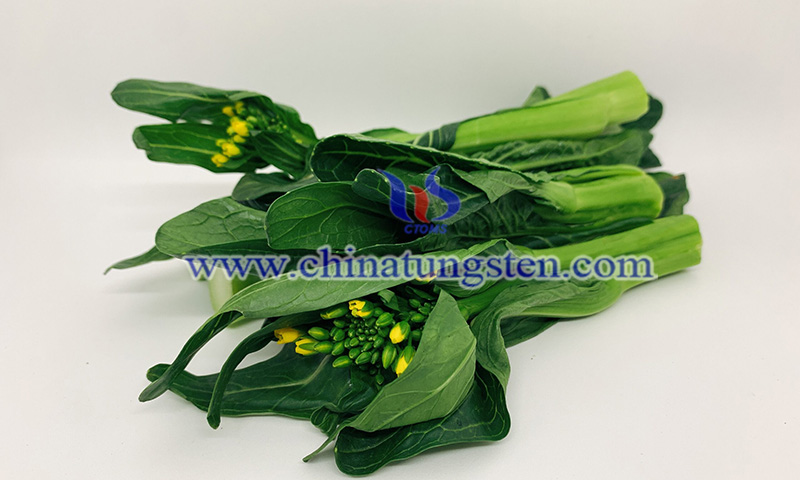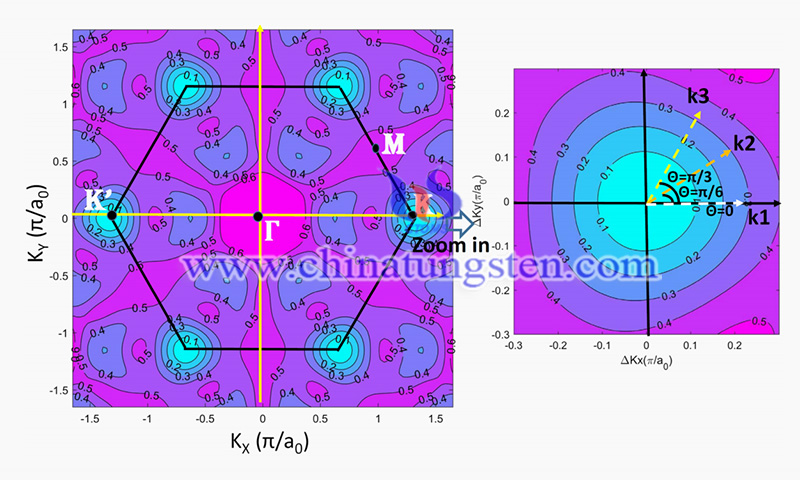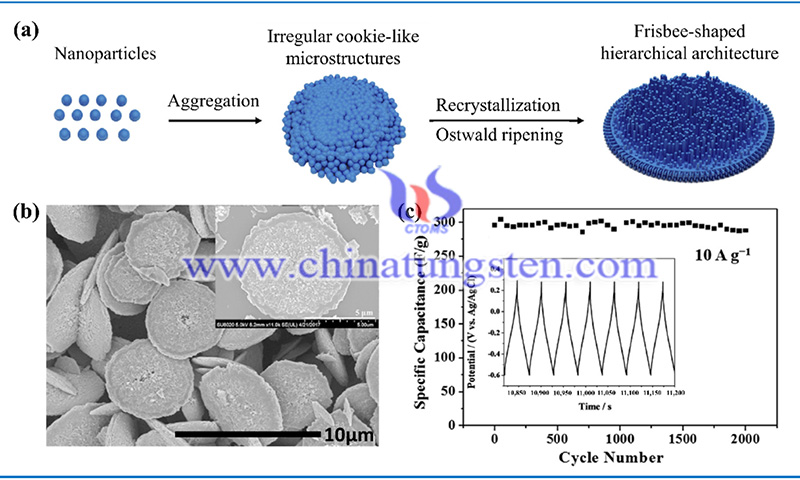Biochar-Based Molybdenum Fertilizer Enhances N Assimilation in Cabbage
- Details
- Category: Tungsten Information
- Published on Monday, 02 May 2022 11:52
- Written by Caodan
- Hits: 1574

Low molybdenum (Mo) bioavailability in acidic soils hinders N assimilation by vegetables, and providing available Mo in acidic soils is a challenge to reduce nitrate accumulation in vegetables. A study conducted by the Institute of Guangdong Academy of Agricultural Sciences investigated three methods of molybdenum application: biochar-based molybdenum fertilizer (Mo-biochar), seed dressing, and basal application to improve Mo bioavailability and N assimilation in cabbage (Brassica parachinensis) in acidic soils.
Read more: Biochar-Based Molybdenum Fertilizer Enhances N Assimilation in Cabbage
A Novel Model for Band Structure of Monolayer Molybdenum Disulfide
- Details
- Category: Tungsten Information
- Published on Monday, 02 May 2022 11:47
- Written by Caodan
- Hits: 1828

Recently, researchers have proposed an analytical band calculation (ABC) model to study the band structure of monolayer molybdenum disulfide. For two-dimensional (2D) materials, a semiconductor layer is about the thickness of an atomic layer. 2D materials are gaining attention for their potential applications in future transistor manufacturing processes. 2020 International Roadmap for Devices and Systems (IRDS) predicts that by 2028, 2D materials will be the optimal choice for channel material technologies and CMOS 2D device applications.
Read more: A Novel Model for Band Structure of Monolayer Molybdenum Disulfide
Tuning Electronic Structure of Tungsten Oxide for Hydrogen Electrolyte Reaction
- Details
- Category: Tungsten Information
- Published on Friday, 15 April 2022 12:32
- Written by Caodan
- Hits: 1439

Researchers at the Shanghai Institute of Microsystems and Information Technology (SIMIT), Chinese Academy of Sciences (CAS) have demonstrated that doping tungsten oxide (WO3) catalysts with appropriate cations can change the interfacial structure, surface chemical state, and bandgap values, thus improving the performance of the basic hydrogen electrolyte reaction (HER). In the experiments, cation (Ni, Co, and Fe) doped WO3 catalysts were synthesized on nickel foam. The Co-doped catalysts (Co WO) exhibited remarkable HER activity.
Read more: Tuning Electronic Structure of Tungsten Oxide for Hydrogen Electrolyte Reaction
Nano Tungsten Trioxide in Lithium Ion Battery
- Details
- Category: Tungsten Information
- Published on Wednesday, 27 April 2022 15:25
- Written by Cristina
- Hits: 1555

As one of the recent hot topics, cobalt-free batteries can simply be considered as an upgraded version of the current commercial ternary lithium batteries. Because of their higher energy density and lower production costs, they are popular among many battery manufacturers. So, as a typical transition metal N-type semiconductor material, how is tungsten trioxide used in cobalt-free lithium ion battery?
Electrochemical Energy Devices Constructed with Tungsten Oxide-Based Nanomaterials
- Details
- Category: Tungsten Information
- Published on Friday, 15 April 2022 12:27
- Written by Caodan
- Hits: 1547

Tungsten oxide-based nanomaterials have attracted a lot of attention for their use in building various electrochemical energy devices. In particular, electrochromic devices and optical change devices have been intensively investigated in terms of energy conservation.
Read more: Electrochemical Energy Devices Constructed with Tungsten Oxide-Based Nanomaterials





 sales@chinatungsten.com
sales@chinatungsten.com